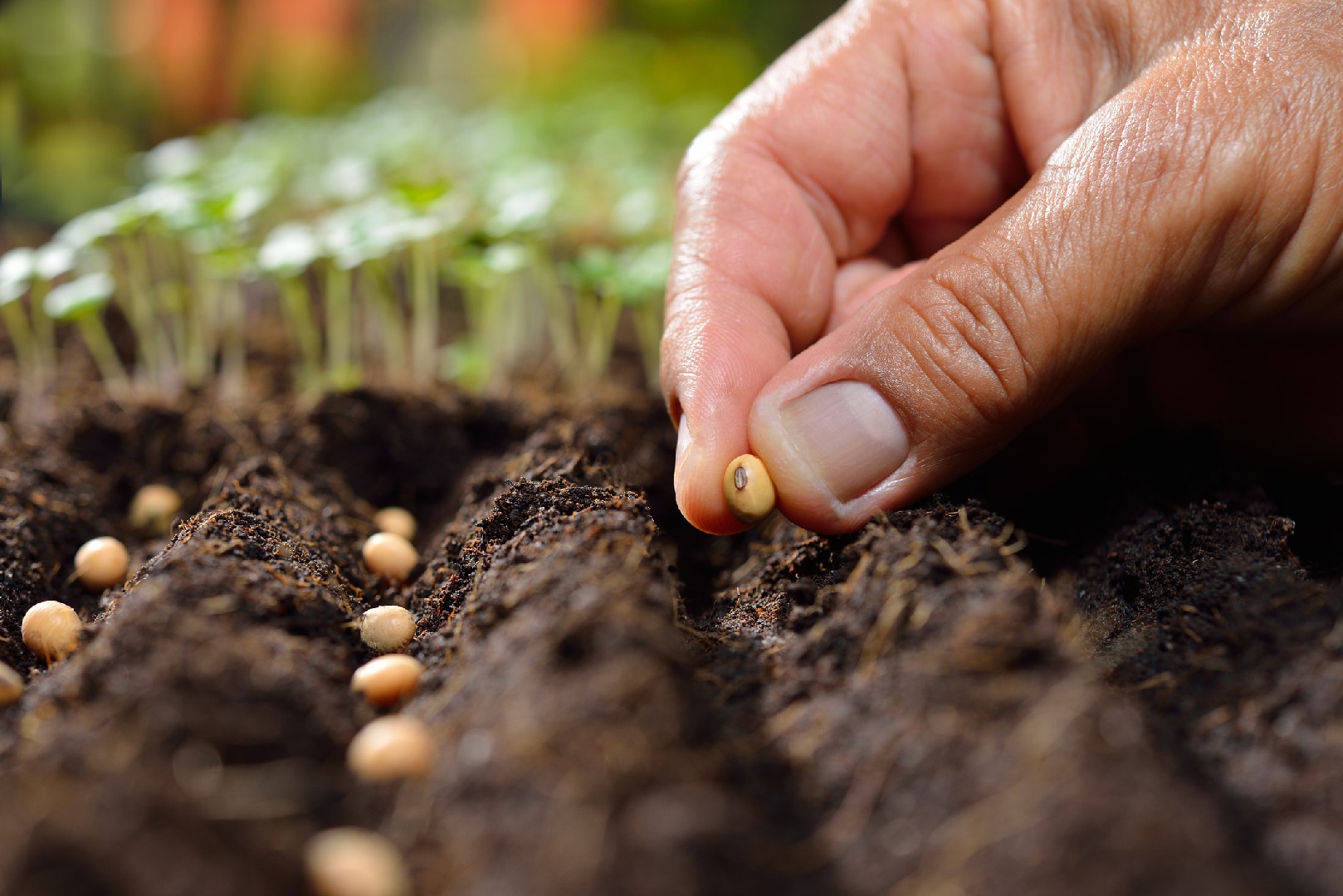![Rectangle]()
The Power and Purpose of Seed Saving
Seed saving is not just a simple gardening technique; it is a powerful act that carries immense historical significance and plays a vital role in ensuring food security for future generations. By saving and preserving seeds, organic gardeners are not only contributing to the environmental sustainability of their gardens but also actively participating in the preservation of heritage and biodiversity.
Throughout history, seed saving has been an essential practice for communities around the world. It dates back to ancient civilizations such as the Mesopotamians and Egyptians, who carefully selected and saved seeds from their most productive plants. These seeds were revered as the life force that sustained civilizations and guaranteed their survival. In modern times, seed saving continues to be crucial, especially considering the threats to our food supply posed by climate change, industrial agriculture, and the loss of biodiversity.
One of the primary environmental benefits of seed preservation in organic gardens is the promotion of resilience and adaptation. By saving seeds from the healthiest and most vigorous plants, gardeners can ensure that their crops are well-adapted to the local growing conditions. These locally adapted seeds have developed a natural resistance to pests, diseases, and climatic challenges, making them stronger and more resilient. This not only reduces the reliance on synthetic inputs such as pesticides and fertilizers but also creates a healthier and more sustainable garden ecosystem.
Moreover, organic gardeners play a vital role in preserving heritage and biodiversity through seed saving. Commercial agriculture often promotes the use of a limited number of hybrid or genetically modified seeds, leading to a loss of traditional and heirloom plant varieties. These unique and diverse cultivars possess valuable traits such as flavor, nutritional content, and cultural significance. By saving and exchanging seeds of heirloom varieties, gardeners can help preserve this rich genetic heritage and ensure its availability for future generations.
To engage in effective seed saving, organic gardeners should familiarize themselves with some essential methods and skills. The first step is understanding the difference between open-pollinated, hybrid, and genetically modified seeds. Open-pollinated seeds are pollinated naturally by insects, wind, or other means, resulting in plants that are true to their parentage. Hybrid seeds, on the other hand, are a cross between two different varieties or species, and their offspring will not consistently resemble the parent plants. Genetically modified seeds have been altered in a laboratory to introduce specific traits.
When saving seeds, it is crucial to choose healthy, disease-free plants with desirable characteristics for the next generation. Proper isolation methods should be implemented to prevent cross-pollination between different varieties, as this can result in undesirable offspring. Additionally, correct seed harvesting, cleaning, and storage techniques are essential to ensure the longevity and viability of the saved seeds.
By embracing the power and purpose of seed saving, organic gardeners can make a positive impact on their gardens, the environment, and the future of our food system. Not only does seed saving contribute to sustainable agriculture by promoting resilience and biodiversity, but it also empowers individuals to take control of their own food production. So, let us honor the ancient practice of seed saving and embrace our roots in the pursuit of a more sustainable and resilient future for all.





